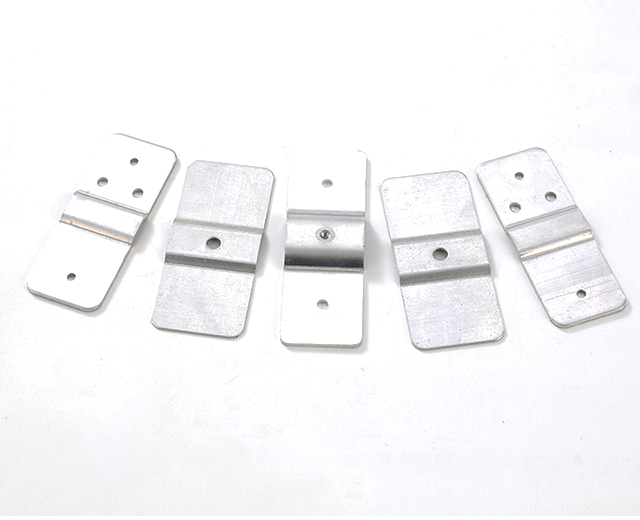2025-04-25 10:00:06
In high-power electrical systems, thermal management is one of the most critical aspects affecting performance, safety, and component lifespan. Excessive heat buildup can lead to insulation breakdown, reduced efficiency, and even system failure. This is where Flexible Busbars—also known as laminated busbars or flexible copper connectors—offer significant advantages over traditional cabling or rigid busbars.

High-current applications, such as electric vehicle battery systems, data centers, renewable energy storage, and industrial power distribution, generate substantial heat due to resistance and current flow. If not managed effectively, this heat can impair functionality and lead to costly downtime or equipment damage.
Efficient heat dissipation is essential to:
Prevent hotspots
Maintain stable operating temperatures
Extend the lifespan of electrical components
Reduce the risk of thermal runaway
Flexible Busbars are engineered with layered conductors (typically copper or aluminum foils) and insulating films, offering both electrical performance and superior thermal management. Here’s how they help:
The flat, layered structure of a flexible busbar exposes more conductor surface area compared to round cables. This facilitates faster and more even heat transfer to the surrounding air or through contact with heat sinks.
Unlike single-core cables, the laminated structure ensures more uniform current distribution, minimizing localized heating and reducing temperature rise in specific areas.
Copper or aluminum foils used in Flexible Busbars have very low resistivity, leading to lower I²R losses (heat generated due to resistance), which naturally keeps thermal buildup under control.
By adjusting the number of conductive layers or thickness, designers can optimize the busbar for specific current ratings and thermal demands, ensuring consistent temperature performance even under peak loads.
Flat busbars can be directly mounted to metal chassis or heat sinks, enabling better thermal coupling and faster heat dissipation.
The thermal advantages of flexible busbars make them ideal for:
EV battery interconnections
Inverters and converters
UPS systems
Energy storage units
High-density power control cabinets
These systems demand compact design, minimal thermal resistance, and reliable high-current performance—all achievable with flexible busbars.
| Advantage | Impact |
|---|---|
| Increased surface area | Improved convection cooling |
| Even current flow | Avoids localized overheating |
| Low resistance materials | Less heat generation |
| Laminated construction | Customized thermal performance |
| Easy integration with heat sinks | Accelerated heat dissipation |